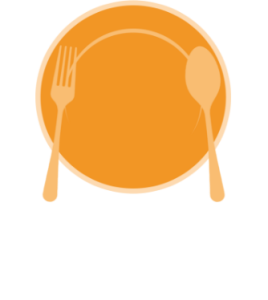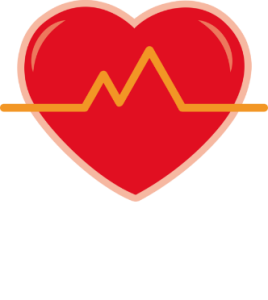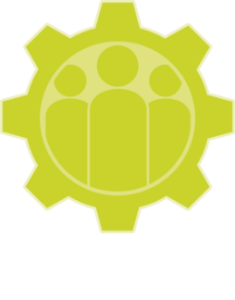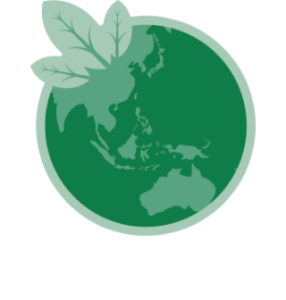Stories of inspiration
The Heroes Behind ‘Movement Against Malaria’
Apr 26, 2022
Malaria continues to be a worldwide concern, with the World Health Organization reporting 241 million global cases in 2020. The disease is caused by a parasite carried by infected mosquitos and is more prevalent in rural areas.
Luckily, there are available treatments and preventive measures that can be done. Now, it is just a matter of getting these to the communities who need it.
In 1999, PSFI launched the Kilusan Ligtas Malaria Program. Now known as Movement Against Malaria (MAM), the program aims to organize and mobilize community-based activities to combat the spread of malaria in identified areas. MAM makes treatment accessible to the public, provides means to improve case detection, and initiates activities to help educate on preventing the spread of the disease.
Together with local efforts, the cooperation of various communities, and support from the Global Fund, MAM has made significant progress over the years. As a matter of fact, in 2020, 60 provinces have been declared malaria-free. The program also takes pride in having trained more than 10,000 health providers—heroes who helped make MAM gather significant momentum and create a lasting impact. Among them are Lilibeth and Laurensa.
Lilibeth Mansuri
Lilibeth Mansuri, 36, is a healthcare assistant in Brooke’s Point, MIMAROPA who joined MAM as a volunteer. She would accompany the PSFI team on location whenever they would conduct seminars, borderline spraying, and rapid diagnostic testing.
Laurensa Joldanero
Laurensa Joldanero, 56, is a midwife from San Jose, Occidental Mindoro who participates in MAM’s activities. She is the program’s team leader in San Jose and as such takes charge when it comes to borderline spraying, along with executing other components of the program.
While her family has never directly experienced the disease, Malaria is pretty common in Laurensa’s community. There was one instance where she helped bring a sick coworker to get tested for Malaria, and sure enough, the person tested positive.
The lack of access to information on Malaria has led to the widespread infection in her community. Even though some might want to get help, back then, they did not have access to resources for testing and treatment.
“Bago na implement ‘yung program, marami talagang kaso ng malaria sa area na ito. ‘Yung mga tao, wala pa silang knowledge. Akala lang nila dati na regular na lagnat.”
(“Before the program was implemented, there really were many Malaria cases here. People did not have knowledge, so they thought they just had regular fever.”)
Upon implementation, Laurensa saw how MAM has helped her community, especially the borderline spraying and the testing. Now, it is easy to test people for Malaria and even immediately provide medicine and care.
While some locals were hesitant at first, MAM’s consistent efforts eventually bore fruit.
“Nung nakita nila na malaking tulong ‘yung mga seminars na ‘to at yung mga ginagawa namin tulad ng borderline spraying at paglagay ng mosquito net, mas lalo sila nagtiwala sa amin.”
(“When they saw how helpful these seminars were and how our activities like borderline spraying and attaching mosquito nets, they trusted us more.”)
Movement Against Malaria continues to work towards its goal of eradicating the disease in the country. While MAM has helped reach some key milestones in Malaria control, the progress this program has made would not have been possible without the help of those who have worked tirelessly and continued to do so to educate and treat those affected by this disease.
Since MAM, previously Kilusan Ligtas Maria started in 1999, the program has made a significant contribution to the decrease in cases in the Philippines. Now, 23 years later, PSFI is proud to have spearheaded a program that has helped change and save lives and will continue its commitment to reach a Malaria free Philippines by 2030.
Related stories:
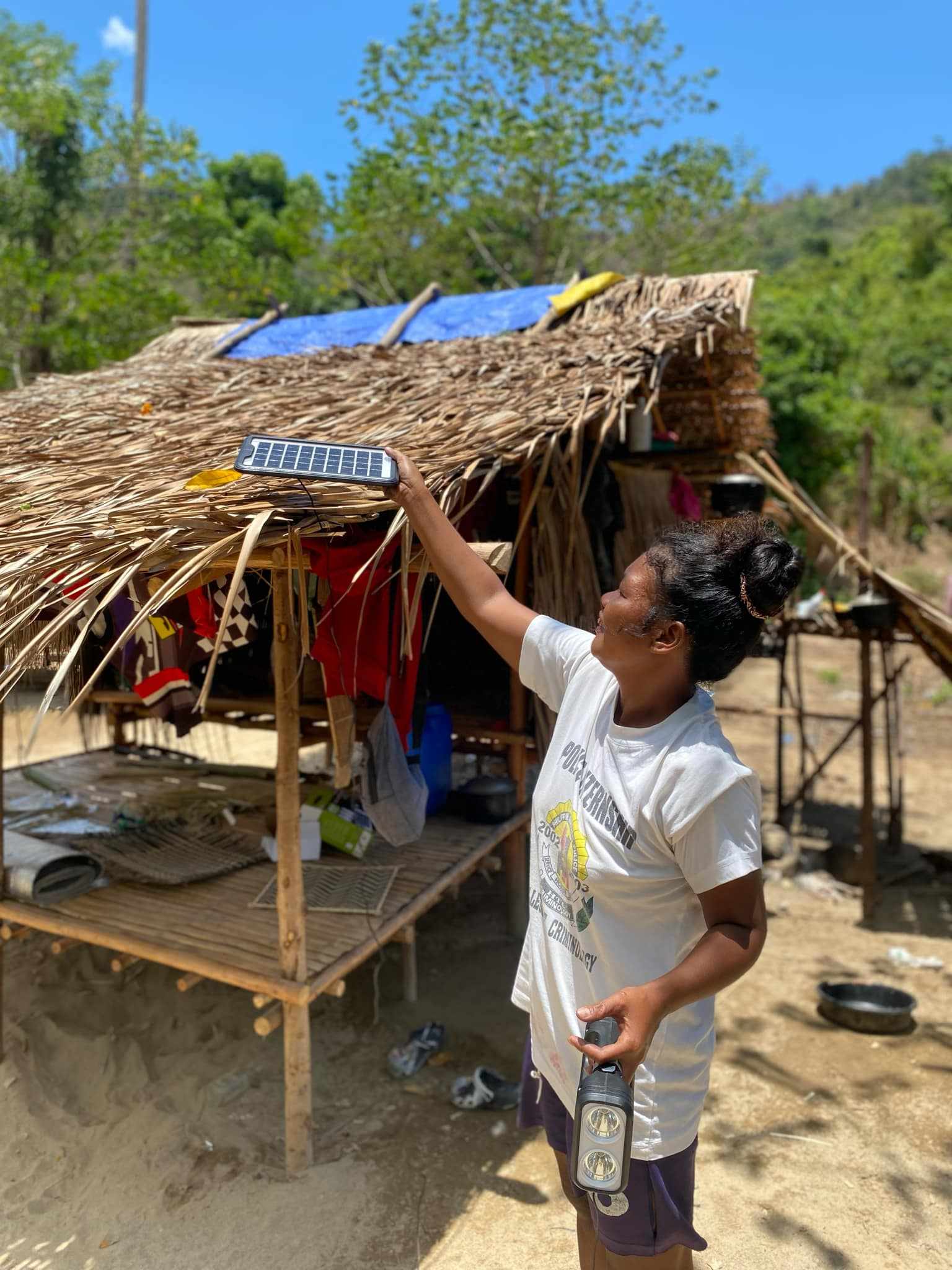
PSFI Brings Solar Power to Batak Community in Palawan
Over 50 households of the Batak community in Sitio Tagnaya, Barangay Concepcion, Puerto Princesa City, Palawan received stand-alone solar units from Pilipinas Shell Foundation, Inc. (PSFI)’s SINAG Program. This initiative was in partnership with the Local Barangay Council of Concepcion, and the City Health Office of Puerto Princesa in response to the community’s expressed need for solar power during consultations.
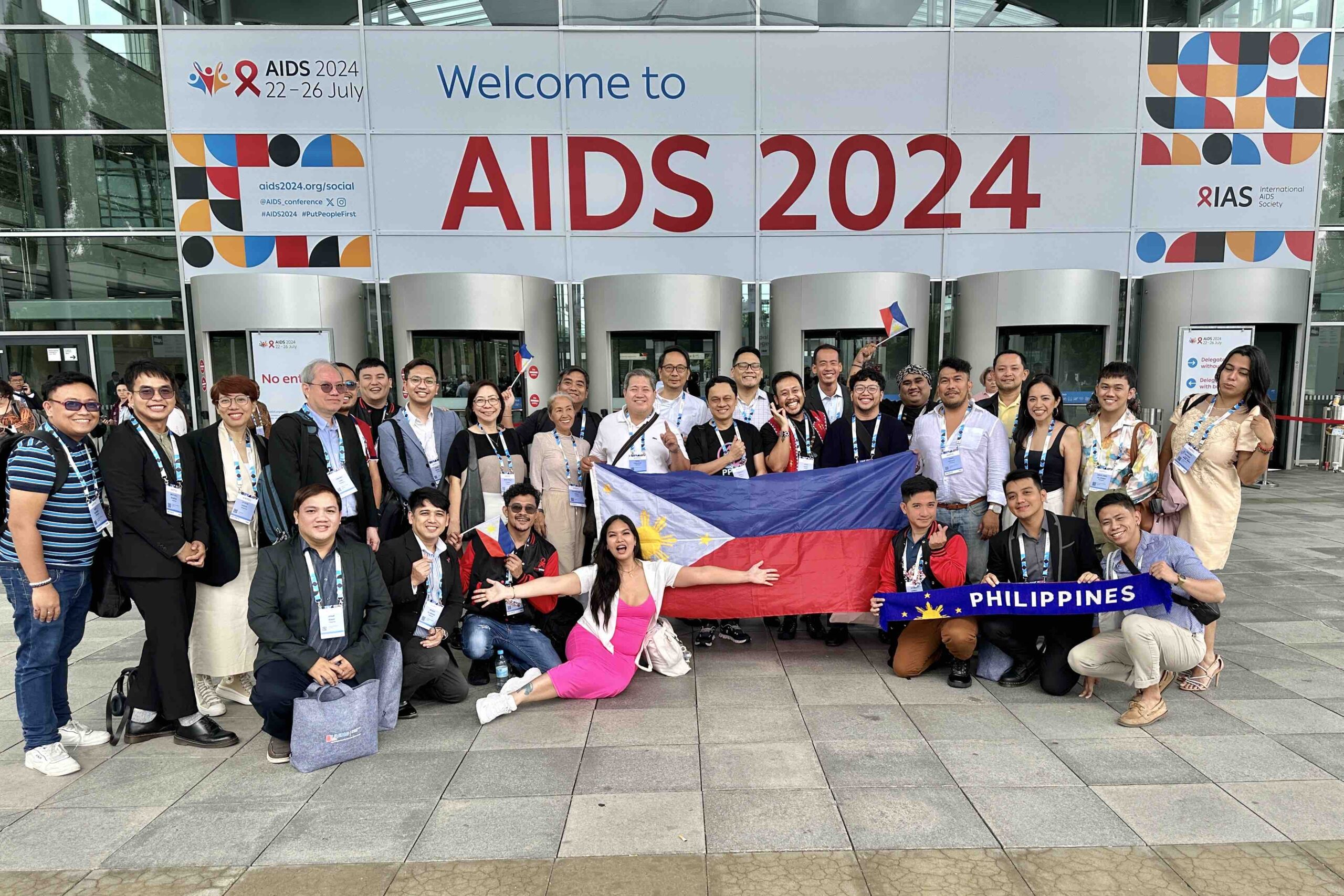
PSFI Among the Philippine Delegation at AIDS 2024 Conference in Germany
Pilipinas Shell Foundation, Inc. (PSFI) PROTECTS-UPSCALE participated in AIDS 2024 at the 25th International AIDS Conference held in Munich, Germany. The PSFI team, representing the Philippines, was led by Dr. Loyd Norella, Dr. Stella Flores, and Jeri Abenoja, along with Atty. Mack Hale Bunagan of IDEALS.

PSFI’s Shell LiveWIRE and Movement Against Malaria Among the Top Outstanding CSR Projects in 2024 LCF Guild Awards
Among 52 selections, the Shell LiveWIRE Acceleration Program and the Movement Against Malaria (MAM) Program excelled in the Enterprise Development and Health categories, respectively.
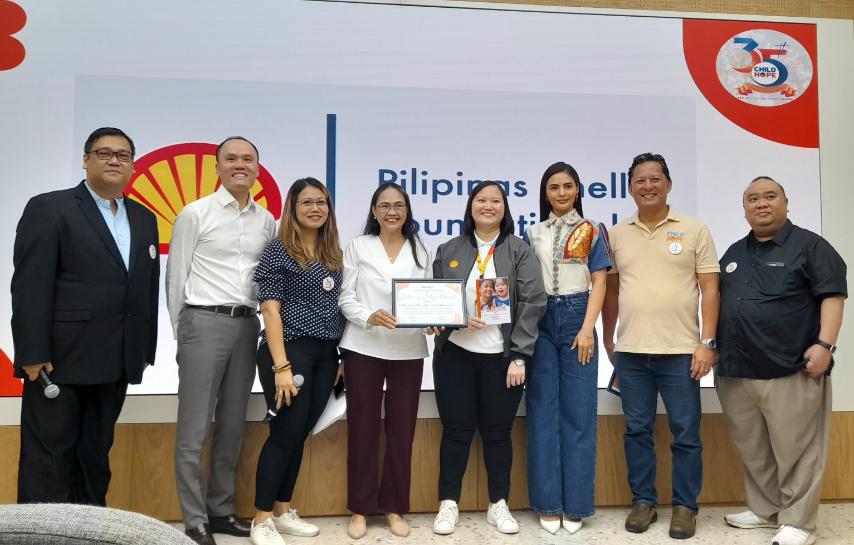
PSFI Recognized as ‘Hero of Hope’ by Childhope Philippines Foundation, Inc.
PSFI was honored as the Top 3 ‘2023 Hero of Hope’ for being among the leading volunteer partners dedicating time to community activities.
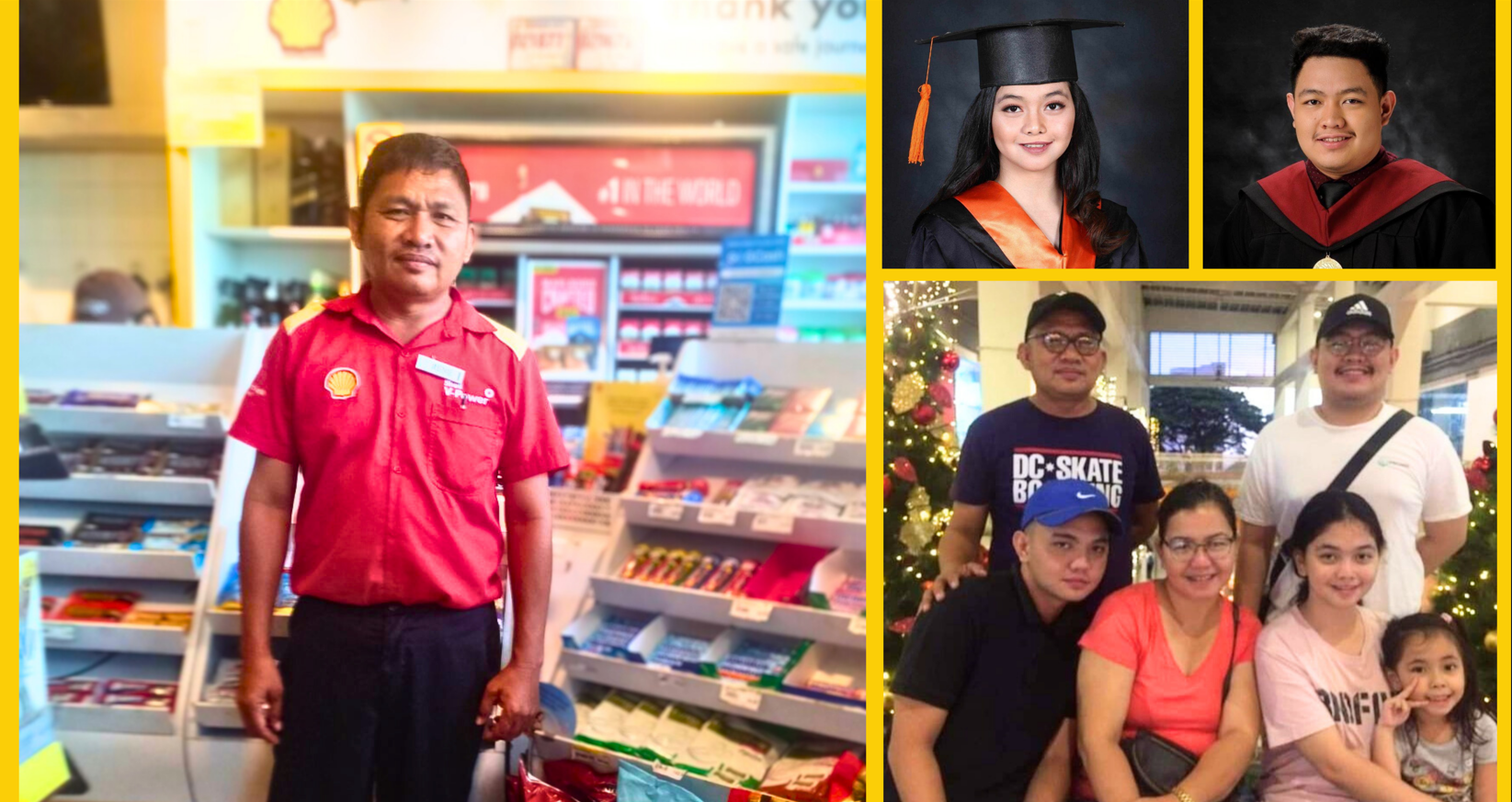
Pagsusumikap ng Isang Ama
Ngayong Fathers’ Day, ating ipinagdiriwang ang mga ama at mga tumatayong ama na nagsusumikap mapabuti ang buhay ng kanilang mga pamilya.
Tulad ni Rene Luarez, isang Gas Mo Bukas Ko (GMBK) scholar, marami sa kanila ang sinasamantala ang mga oportunidad ng Technical and Vocational Education and Training (TVET) upang makakuha ng mas mataas na antas ng kasanayan sa kanilang napiling larangan. Hindi lamang pinapaganda ng TVET ang mga karera, pinapalakas din nito ang mga komunidad at ekonomiya.
Basahin ang kwento ni Rene at kung paano niya binago ang kanyang buhay at ang kinabukasan ng kanyang pamilya sa pamamagitan ng pagsusumikap at mga oportunidad na hatid ng mga pagsasanay mula sa Shell at PSFI.

PSFI Received Two Major Awards for its Community Efforts at the 2024 Asia-Pacific Stevie® Awards
Just in time for Farmers’ and Fisherfolk’s Month, Pilipinas Shell Foundation, Inc. (PSFI) and Shell companies in the Philippines (SciP) were honored with the GRAND STEVIE® AWARD for the Philippines. This award is given to the highest-scoring nominations from the top four markets and cannot be directly applied for by organizations.
Help us empower communities to become responsible and productive members of society
Help us empower communities to become responsible and productive members of society
© 2020 All Rights Reserved | Pilipinas Shell Foundation Inc.

